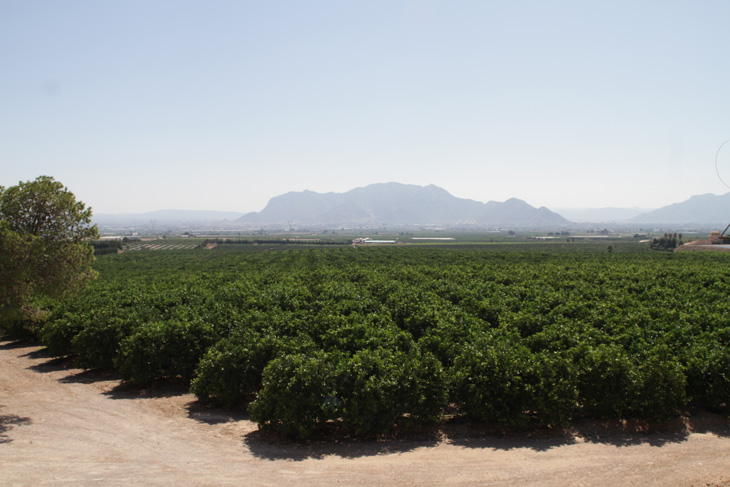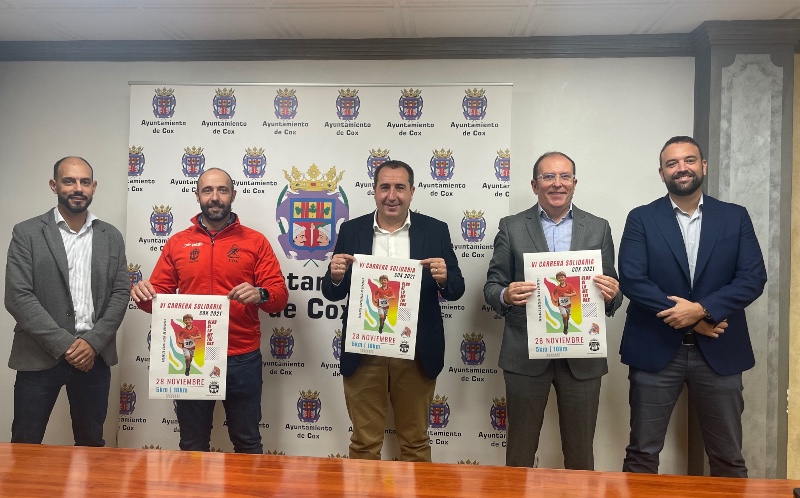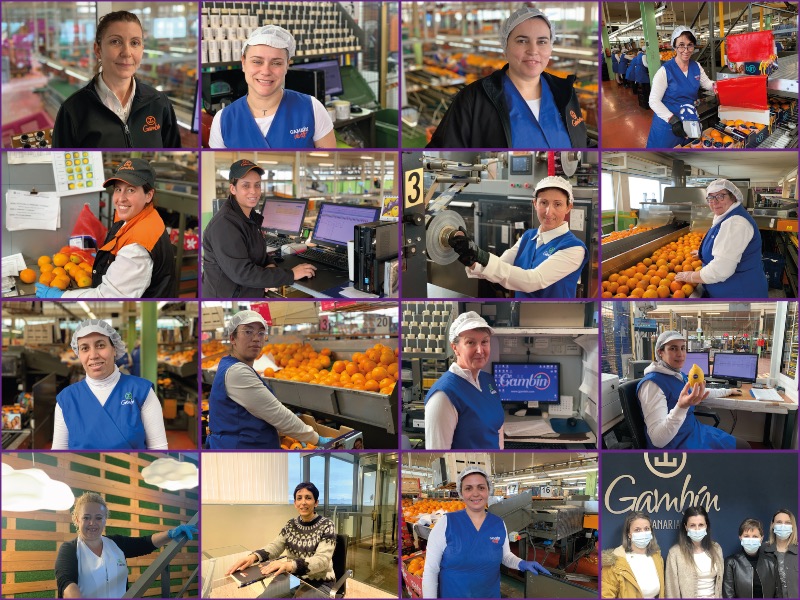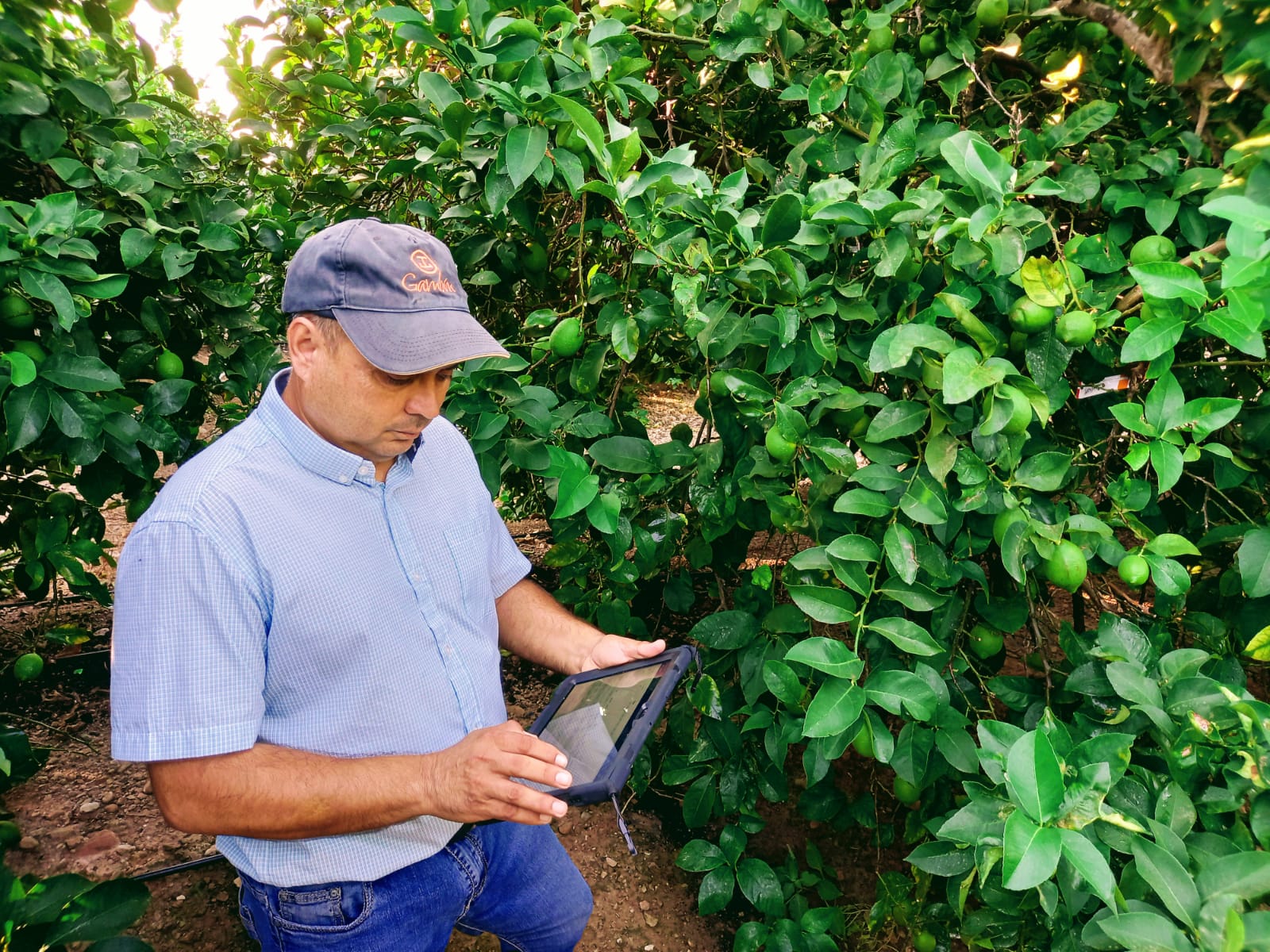
Financing the productive cycle of agri-food companies
By the Financial Department of J. Gambín
In a sector such as agri-food, in which the cycle from production to marketing is long, financing is a fundamental tool to successfully complete the process.
Generally, financial institutions offer companies a financing period maximum up to 90 to 120 days.
But what happens to companies who grow a product for 9 months, collect it, pack it, market it, and finally turn it into money again only when in receipt of payment from their customers?
What happens to companies who, to be able planning their campaign, acquire the product from a farmer well in advance knowing that the return of the purchase value is extended until the moment they receive from their customers the invoiced amount?
Special needs of farms
In these cases, the company must bear the financial burden of its payments and investments for a large part of the year. This, until recovering through sales the supported value and the obtained benefit.
For those companies who, due to the characteristics of their activity, have a long production cycle, it is not easy to find the financing formulas that adapt and allow the cash flows to maintain a certain coherence. They must blend in with the ripening period of a long productive cycle, typical to many farms. In addition, we have also to consider the peculiarities of direct supply of farmers. We therefore find ourselves in these cases with return dates of more than 120 days. When products are grown and marketed by the same company, this period can easily extend itself for more than a calendar year.
Credit or Loan Policies
Large financial institutions, focused on a great diversity of sectors, offer more general solutions such as hiring credit policies or loans. Do they serve as financing instruments?
The answer is yes, but with a higher interest rate and additional fees to those generated by any other current financing product.
Moreover, both options require the prior determination of an investment amount within a sector, in which price variability can make both instruments unfit and meaningless. In both cases, a higher financial cost is generated and, as such, a margin reduction occurs, making business even more adjusted than it is already within the agri-food sector.
Special products for the Agricultural sector
Other financial institutions, specialized in Agribusiness, have products meeting the needs of companies. These financial solutions are more adapted to the business. They equate their cost to that of any other current financing instrument (which is already an improvement) and allow financing for a longer period. The flexibility or ability to make modifications to closed deals depends on the financial institution itself.
When determining which is the best financial instrument, the entity or product offered is indifferent, any of them can be adapted to the needs of a long-cycle company. What is really important is the approach and knowledge of the business and the sector that the financial agent who contacts the company has to provide such financing.
The agri-food sector is tremendously flexible. It is characterized by a habitual variability in prices, caused by changes in the markets each year and by the variability of the product itself, which is still a living matter. Financial agents must be able to adapt to these changes, understand the operation and value the settlement of companies within the sector, its history and its enormous capacity to adapt to changes.







